7 Steps to Build Effective CSAT Surveys

Customer satisfaction surveys, including CSAT survey examples, play a vital role in understanding how customers perceive your brand and services. Regularly tracking satisfaction metrics helps you identify pain points, reduce churn rates, and improve the customer experience. With 67% of customers switching businesses due to poor service, CSAT surveys become essential for retention and operational efficiency.
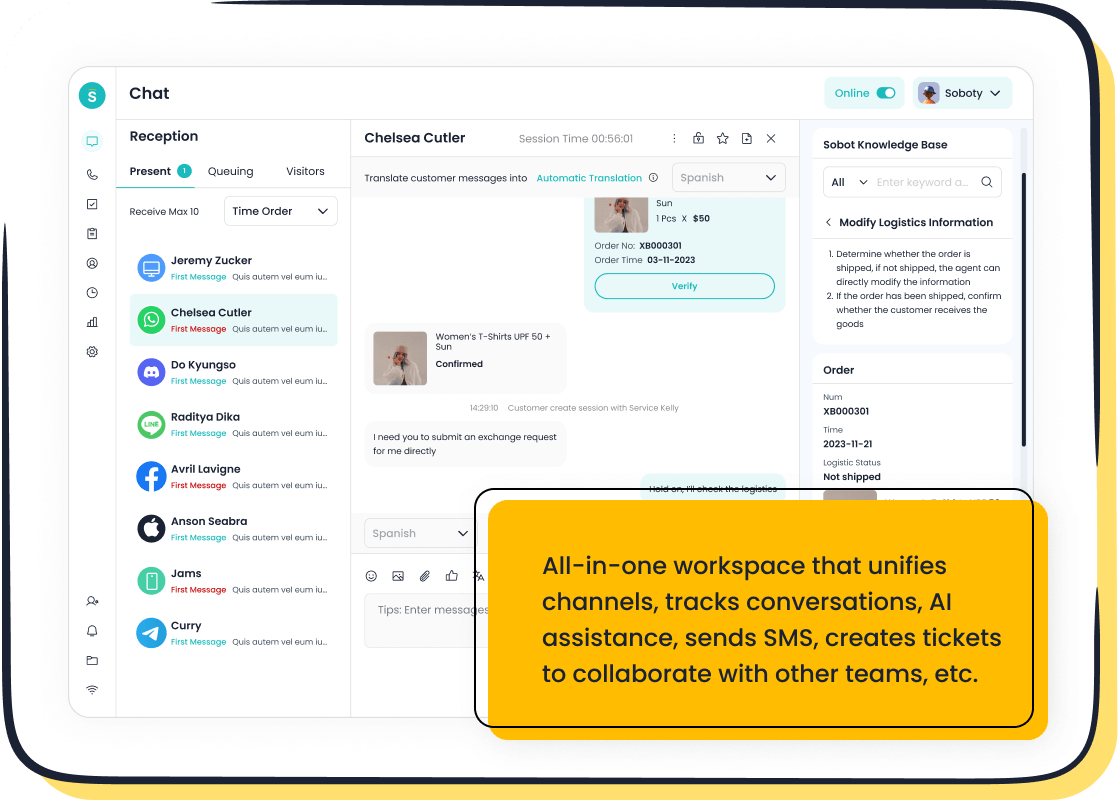
Sobot’s Live Chat solution enhances the effectiveness of these surveys. Globally, live chat achieves an average satisfaction rating of 83.1%, making it a preferred communication mode. By integrating tools like proactive chat, Sobot helps you gather valuable insights while boosting customer loyalty and revenue.
Define the Purpose of Your Customer Satisfaction Survey
A well-defined purpose is the foundation of an effective customer satisfaction survey. It ensures that your survey collects meaningful data, aligns with business goals, and enhances the overall customer experience. Without a clear purpose, surveys risk becoming unfocused and less impactful.
Identify Clear Goals for Your Survey
Start by pinpointing what you want to achieve with your customer satisfaction survey. Are you looking to measure service quality, identify pain points, or evaluate a new product? Clear goals help you create focused surveys that yield actionable insights. For example, surveys with specific objectives often lead to higher-quality responses because they ask relevant questions. A focused approach also simplifies data analysis, making it easier to identify trends and implement changes.
| Benefit | Description |
|---|---|
| Better Customer Relation | Surveys aim to enhance customer satisfaction, leading to improved relationships. |
| Product Optimization | Feedback provides insights for creating products that meet public approval. |
| Fostering Brand’s Image | Commitment to customer feedback enhances brand image and can lead to referrals and new customers. |
Understand Your Target Audience
Knowing your audience is crucial for designing effective customer surveys. Demographics like age, income, and location influence preferences and behaviors. For instance, younger audiences may prefer digital interactions, while older generations might value traditional communication. Tailoring your survey to these factors ensures higher engagement and more accurate feedback.
| Demographic/Psychographic Factor | Insights | Examples |
|---|---|---|
| Age | Influences preferences and purchasing behaviors | Younger audiences prefer technology, older generations prefer traditional goods |
| Geographical Location | Influences preferences based on cultural and economic factors | Winter gear promoted in colder climates |
| Income and Education Level | Determines purchasing power and product preferences | Higher income correlates with premium products |
Align Survey Objectives with Business Outcomes
Your survey objectives should connect directly to your business goals. For example, if your goal is to improve customer retention, focus on questions that reveal why customers might leave. Research shows that aligning performance metrics with business outcomes can boost productivity by up to 30%. Companies like InnovateX have demonstrated that aligning sales and marketing metrics can lead to significant revenue growth. Similarly, aligning your survey objectives ensures that the insights you gather drive meaningful improvements in customer satisfaction and operational efficiency.

Sobot’s Live Chat can help you align survey objectives with business outcomes. Its built-in analytics evaluate over 150 indicators, enabling you to track satisfaction metrics and identify areas for improvement. By integrating tools like Sobot’s omnichannel solution, you can distribute surveys strategically and analyze data effectively, ensuring your efforts contribute to broader business success.
Choose the Right Format for Your CSAT Survey
Choosing the right format for your customer surveys is essential to ensure high engagement and actionable insights. Different formats cater to varying customer preferences, making it crucial to align your survey design with your goals and audience.
Explore CSAT Survey Examples for Inspiration
Industry-leading companies offer valuable inspiration for designing effective CSAT surveys. For example, Slack uses surveys that transparently communicate their duration, respecting participants' time. Amazon employs expressive satisfaction scales with descriptive words like “terrible” and “great,” making feedback collection more intuitive. Apple integrates surveys directly into its app, ensuring responses come from the target audience. These csat survey examples highlight how thoughtful design can enhance the customer experience and improve response rates.
| Company | Survey Type/Feature | Description |
|---|---|---|
| Slack | Survey duration transparency | Communicates how long the survey will take, showing respect for participants' time. |
| Amazon | Expressive satisfaction scale | Uses descriptive words instead of numbers for feedback. |
| Apple | Targeted survey access | Ensures feedback comes from the target audience by embedding surveys in apps. |
Decide Between Email, Web, or Mobile Surveys
Selecting the right channel for your survey depends on your audience and objectives. Email surveys are ideal for reaching a broad audience and allow for detailed feedback. Web surveys work well for capturing responses during customer interactions on your website. Mobile surveys excel in convenience, enabling customers to respond on the go. Studies show web-push surveys achieve a 42.1% response rate, slightly higher than mailed surveys at 40.4%. While the difference isn’t statistically significant, web surveys often provide quicker insights due to their digital nature.
Sobot’s omnichannel solution simplifies survey distribution across these formats. By leveraging tools like Sobot Live Chat, you can embed surveys directly into customer interactions, ensuring timely feedback collection and higher engagement.
Keep Surveys Short and Focused for Better Engagement
Short surveys lead to better engagement and completion rates. Research reveals ultrashort surveys achieve a 64% response rate, compared to 51% for longer ones. Completion rates also improve significantly, with ultrashort surveys reaching 63% versus 37% for lengthy ones. To maximize engagement, focus on concise questions that address specific objectives. For example, ask customers to rate their experience on a simple scale or provide open-text feedback for deeper insights.
Sobot Live Chat includes satisfaction surveys as part of its features, allowing you to design short, targeted surveys that align with your business goals. Its built-in analytics help you analyze responses efficiently, enabling you to act on insights quickly.
Craft Questions for an Effective Customer Satisfaction Survey

Creating effective customer satisfaction surveys starts with designing questions that are clear, unbiased, and capable of capturing actionable insights. The way you phrase and structure your questions directly impacts the quality of feedback you receive. Follow these best practices to ensure your surveys deliver meaningful results.
Use Simple and Clear Language
Simple and clear language ensures respondents understand your questions, leading to accurate feedback. Avoid jargon, emotionally charged words, or complex phrasing that might confuse participants. For example, instead of asking, "Do you support a carbon tax to reduce greenhouse gas emissions?" simplify it to "Do you support a tax on carbon pollution?" Neutral wording reduces bias and helps you gather genuine responses.
| Key Point | Explanation |
|---|---|
| Clear Language | Ensures respondents understand questions, leading to accurate responses. |
| Avoid Emotional Words | Prevents biased emotional responses that skew data. |
| Neutral Wording | Reduces leading questions, allowing for unbiased data collection. |
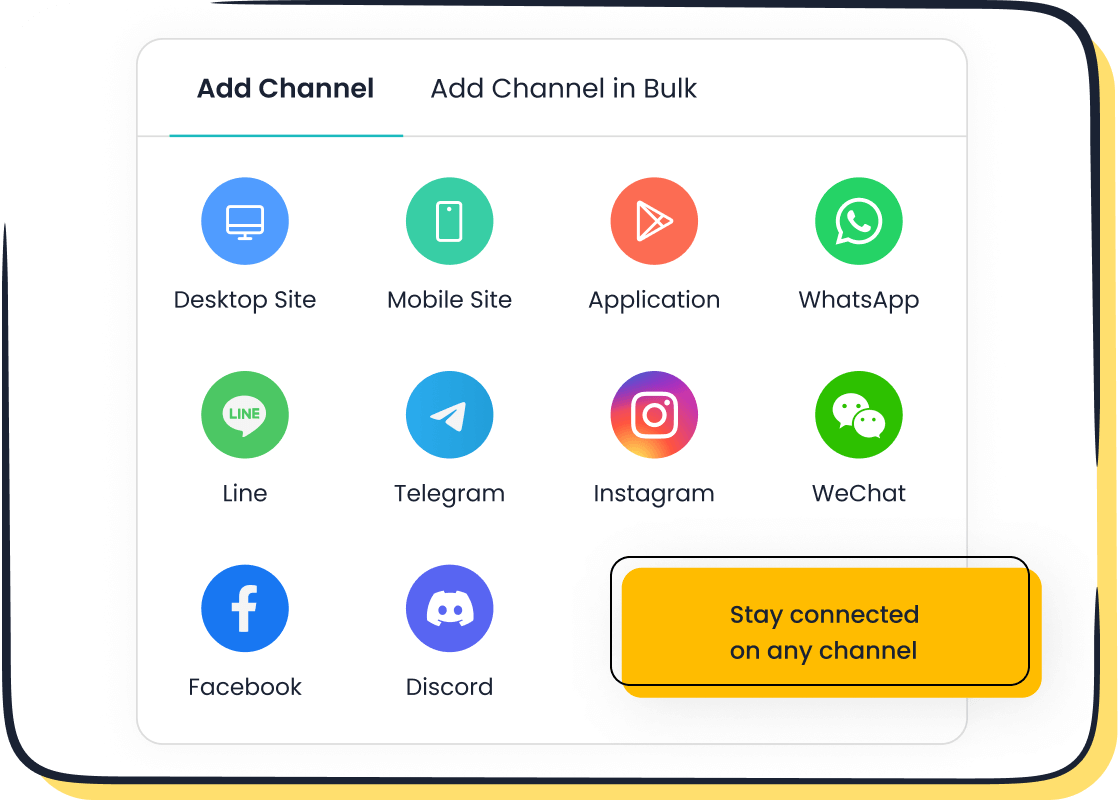
Sobot Live Chat’s satisfaction survey feature allows you to craft questions using clear language and neutral phrasing. Its built-in analytics help you evaluate responses effectively, ensuring your surveys align with your goals.
Include Standard CSAT Questions
Standard CSAT questions provide a reliable way to measure customer satisfaction. Formats like Likert scales, binary questions, and rating scales are statistically validated for effectiveness. For example, a Likert scale question might ask, "How satisfied are you with your recent experience?" with options ranging from "Very dissatisfied" to "Very satisfied." Binary questions, such as "Did our service meet your expectations?" offer straightforward answers, while rating scales quantify satisfaction levels.
| Question Format | Description | When to Use |
|---|---|---|
| Likert Scale Questions | Measure attitudes or opinions on a scale of agreement. | Ideal for gauging intensity of opinions or satisfaction levels. |
| Binary Questions | Offer two response options (yes/no). | Use for straightforward questions needing clear answers. |
| Rating Scale Questions | Ask respondents to rate something on a numerical scale. | Ideal for quantifying specific aspects of a product or service. |
Sobot’s omnichannel solution simplifies the process of conducting a customer satisfaction survey by embedding these question formats into customer interactions across multiple channels.
Add Open-Ended Questions for Qualitative Insights
Open-ended questions allow customers to share detailed feedback in their own words, providing deeper insights into their experiences. For example, asking "What could we do to improve your experience?" encourages critical thinking and reveals specific pain points. These questions are particularly useful for churn analysis, troubleshooting issues, and understanding customer motivations.
| Example Type | Description |
|---|---|
| Voice of the Customer | Captures rich, verbatim feedback that reveals customer stories and motivations. |
| Churn Analysis | Uncovers reasons behind customer attrition that closed-ended questions might overlook. |
| Troubleshooting Pain Points | Identifies specific issues customers face, allowing for targeted solutions. |
Sobot Live Chat integrates open-ended questions into its satisfaction surveys, enabling you to gather qualitative insights while maintaining high engagement rates. Its AI-powered tools help analyze these responses, turning customer feedback into actionable strategies.
Test Your Survey for Usability
Testing your customer surveys ensures they are user-friendly and effective in gathering actionable feedback. A well-tested survey minimizes errors, improves response rates, and enhances the overall customer experience.
Conduct Internal Testing with Sobot Live Chat
Internal testing helps identify usability issues before launching your survey. Use Sobot Live Chat to simulate real-world scenarios and test survey functionality. For example, you can embed surveys into live chat interactions and evaluate how customers respond to them. This process allows you to assess task success rates, ease-of-use ratings, and satisfaction scores.
| Metric Type | Description |
|---|---|
| Task Success Rate | The percentage of users who completed a task successfully. |
| Ease-of-Use Rating | The average score on a scale of 1 to 5 for how easy a feature is to use. |
| Satisfaction Score | Data showing overall user satisfaction with the product. |
| Open-ended feedback | User comments that provide insights into their experiences and suggestions. |
| Suggestions for improvement | User recommendations for enhancing the product experience. |

Sobot Live Chat’s built-in analytics can help you analyze these metrics, ensuring your survey aligns with customer expectations and business goals.
Gather Feedback from a Small Customer Sample
Testing your survey with a small group of customers provides valuable insights into its effectiveness. Consumer testing involves real-life scenarios where users share feedback based on their experiences. This process helps refine your survey design and ensures it resonates with your target audience.
- Survey data aids in refining marketing strategies to better appeal to customers.
- It helps identify customer pain points and preferences, leading to improved product offerings.
- Conducting targeted surveys provides insights into what drives customer engagement with products.
For example, you can ask participants to rate their experience or suggest improvements. Their feedback can reveal hidden issues and highlight opportunities for enhancing your survey. Sobot’s omnichannel solution simplifies this process by enabling you to distribute surveys across multiple channels and gather feedback efficiently.
Ensure Compatibility Across Devices and Channels
Your survey must function seamlessly across various devices and channels to maximize engagement. Responsive design templates ensure surveys adapt to different screen sizes, making them accessible to all users.
| Survey Distribution Method | Advantages | Challenges |
|---|---|---|
| Online Surveys | High reach, cost-effective | Internet access required |
| Mobile Surveys | Instant feedback, high engagement | Limited to mobile users |
| Face-to-Face Surveys | In-depth responses, personal interaction | Time-consuming, costly |
To optimize usability:
- Use responsive design templates.
- Ensure text is legible on smaller screens.
- Make buttons easy to tap.
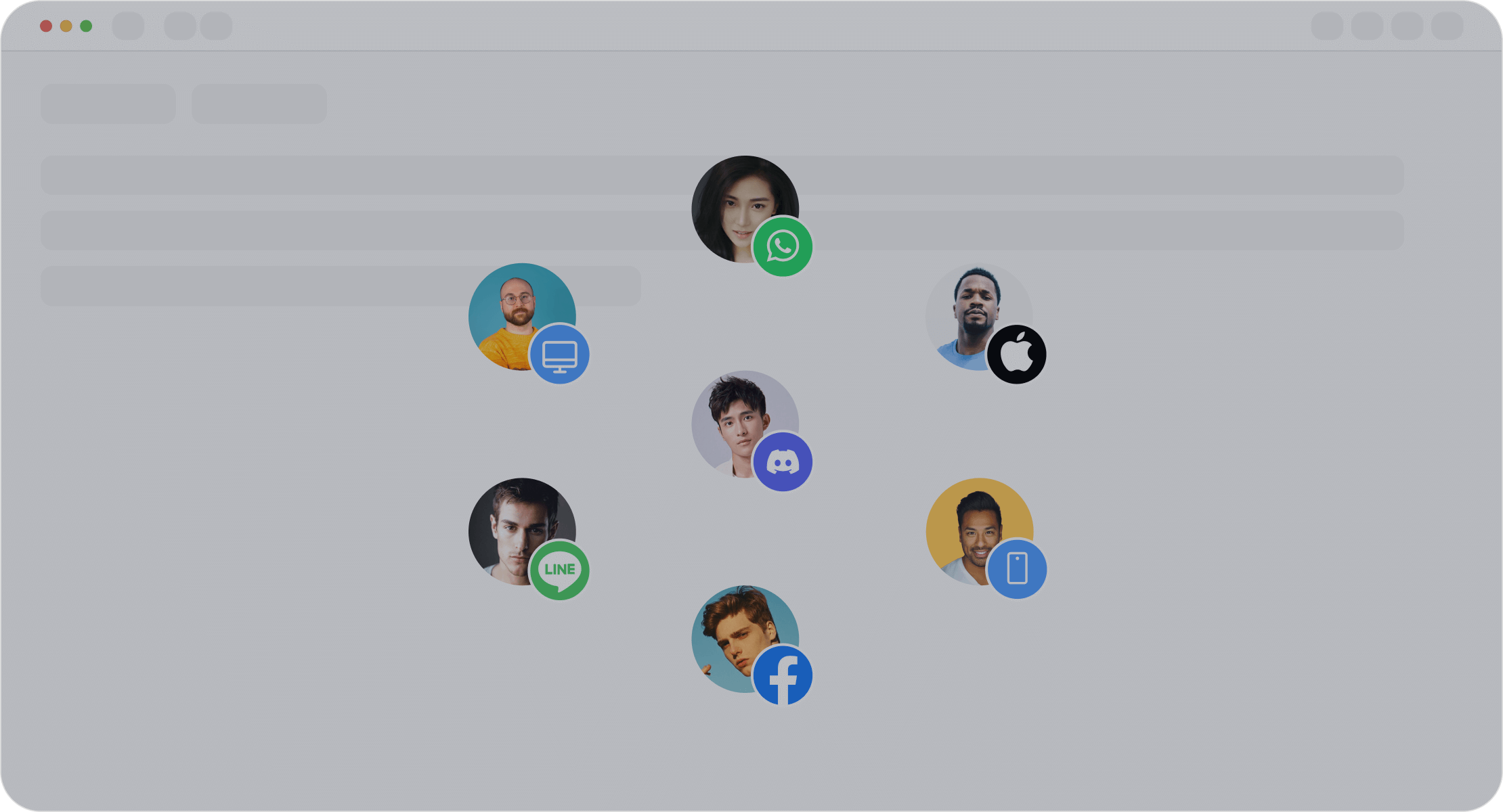
Sobot Live Chat supports omnichannel survey distribution, ensuring compatibility across websites, apps, and social media platforms like WhatsApp and Facebook. This feature helps you reach customers on their preferred channels and gather feedback effectively.
Distribute Your Survey Strategically
Strategic survey distribution ensures you collect relevant and actionable feedback from your audience. By timing your surveys effectively, leveraging the right tools, and personalizing invitations, you can maximize response rates and improve the quality of insights.
Time Your Survey to Capture Relevant Feedback
Timing plays a crucial role in the success of customer surveys. Sending surveys immediately after a customer interaction ensures the experience is fresh in their mind, leading to more accurate responses. For example, a post-purchase survey sent within 24 hours can capture satisfaction levels while the transaction is still top of mind. Studies show that optimizing notification strategies, such as delivering surveys through preferred channels, significantly increases response rates. Mobile accessibility also enhances participation by allowing customers to respond on the go.
Sobot’s omnichannel solution simplifies survey timing. It enables you to schedule surveys across platforms like WhatsApp, email, and live chat, ensuring you reach customers at the right moment. This approach not only boosts engagement but also helps you gather feedback that reflects real-time customer experiences.
Use Sobot's Omnichannel Solution for Distribution
Effective survey distribution requires reaching customers on their preferred channels. Sobot’s omnichannel solution integrates seamlessly with platforms like Facebook, Instagram, and Telegram, allowing you to distribute surveys wherever your audience is most active. This flexibility ensures no customer is left out, increasing the likelihood of participation.
For internal surveys, digital workspaces are essential. Over 70% of organizations consider them critical for gathering employee feedback. Similarly, in-app surveys can provide valuable insights while supporting gamification strategies to boost response rates. By using Sobot’s tools, you can design and distribute surveys that align with your audience’s preferences, ensuring higher engagement and more meaningful data.
Personalize Survey Invitations to Increase Response Rates
Personalization is a proven tactic for improving survey response rates. Tailoring invitations with the recipient’s name or referencing their recent interaction with your brand can increase the odds of participation by 48%. Additionally, offering incentives like prize draws can further motivate customers to complete your survey.

Sobot Live Chat allows you to personalize survey invitations effortlessly. For instance, you can send a follow-up message after a live chat session, thanking the customer for their time and inviting them to share their feedback. This personal touch not only enhances satisfaction but also fosters a stronger connection with your brand.
Collect and Analyze Data from Your CSAT Survey

Analyzing the results of your customer satisfaction survey is essential for turning feedback into actionable insights. By organizing responses, identifying trends, and segmenting data, you can measure customer perceptions effectively and improve your strategies.
Organize Responses for Easy Analysis
Organizing survey responses simplifies the analysis process and ensures you can extract meaningful insights. Use tools like SurveyMonkey, Qualtrics, and Zoho Survey to compile and structure data efficiently. These platforms offer customizable surveys and automatic data visualization features, making it easier to interpret customer feedback. For example, Google Forms provides charts and graphs that summarize responses instantly, saving you time and effort.
| Tool/Methodology | Description |
|---|---|
| SurveyMonkey | A user-friendly tool for creating customized surveys that effectively gather customer feedback. |
| Qualtrics | Offers sophisticated survey capabilities and real-time reporting tools for actionable insights. |
| Zoho Survey | Known for its robust data collection capabilities and customizable survey options. |
| Google Forms | Simplifies data collection with customizable surveys and automatic data visualization features. |
| Sentiment Analysis | Transforms qualitative data into quantifiable metrics to gauge overall satisfaction levels. |
| Thematic Analysis | Classifies feedback into actionable categories to prioritize improvements based on customer comments. |
Using sentiment and thematic analysis further enhances your ability to measure customer perceptions. These methodologies convert qualitative feedback into quantifiable metrics, helping you identify satisfaction levels and areas for improvement.
Identify Trends and Patterns in Feedback
Spotting trends in customer feedback allows you to uncover recurring issues and opportunities. Analytical tools like Survicate and Qualtrics provide dashboards that combine quantitative and qualitative data for deeper insights. For example, Survicate’s feedback analytics feature helps you visualize patterns across multiple survey responses, while IBM Watson uses AI to analyze sentiment in support tickets and satisfaction surveys.
| Tool | Description |
|---|---|
| Survicate | Provides a feedback analytics feature that combines quantitative and qualitative data for insights. |
| Insights Hub | Offers a chat-based natural language processing tool to extract actionable insights from feedback. |
| SentiSum | Uses AI technology to automate feedback analytics at a root cause level across various feedback channels. |
| Qualtrics | Enables organizations to collect feedback at every stage of the customer journey to uncover trends. |
| Chorus AI | Captures and analyzes customer interactions to identify insights and top performers. |
| IBM Watson | Offers APIs for sentiment analysis, focusing on support tickets and satisfaction surveys. |
Case studies highlight the impact of trend analysis. For instance, ParkBee reduced customer service contact rates by 20% by analyzing feedback from CSAT surveys. Similarly, Taxfix achieved a Net Promoter Score (NPS) of 68 by personalizing user journeys based on survey insights.
Segment Data by Customer Demographics or Behavior
Segmenting survey data helps you tailor strategies to specific customer groups. Use demographic segmentation to categorize customers by age, income, or occupation. Behavioral segmentation focuses on habits like purchase frequency or product preferences. Geographic segmentation identifies trends based on location, while psychographic segmentation considers values and lifestyles.
- Surveys: Gather demographic information through email or in-store surveys.
- Sign-up forms: Include demographic fields in account or newsletter sign-ups.
- Transaction data: Analyze customer purchases for demographic trends.
- Social media: Use insights from platforms to target ads.
- Third-party data sources: Purchase demographic data for detailed insights.
For example, analyzing transaction data can reveal which products are popular among specific age groups. This segmentation allows you to create targeted marketing campaigns and improve customer satisfaction. Sobot’s omnichannel solution supports segmentation by consolidating customer data across channels, enabling you to analyze the results efficiently and act on insights.
Take Actionable Steps Based on Survey Insights
Turning survey insights into action is essential for improving customer satisfaction and building customer loyalty. By prioritizing key areas, collaborating with teams, and engaging customers, you can create meaningful changes that enhance your business outcomes.
Prioritize Areas for Improvement
Not all feedback carries the same weight. Focus on areas that align with your business goals and have the greatest impact on customer satisfaction. Start by collecting and categorizing feedback from customer surveys. Then, filter and prioritize based on relevance and feasibility.
- Prioritizing feedback ensures alignment with customer needs.
- It enables data-driven decisions, improving the effectiveness of business improvements.
- Collaboration across departments leverages diverse insights for better outcomes.
| Step | Description |
|---|---|
| 1 | Collect customer feedback and feature requests. |
| 2 | Define specific business goals for the roadmap. |
| 3 | Filter feature requests based on customer relevance. |
| 4 | Prioritize the shortlist using additional factors. |
| 5 | Determine the development budget for features. |
| 6 | Allocate development resources to top requests. |
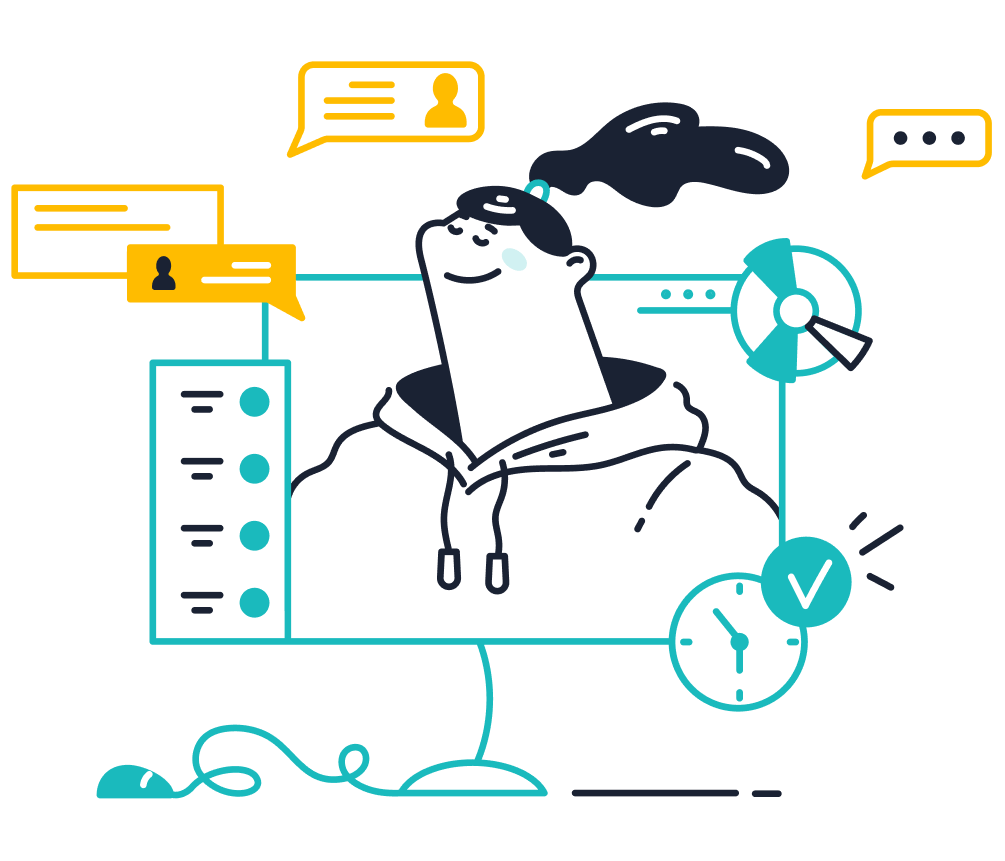
Sobot’s built-in analytics simplify this process by identifying trends and highlighting urgent issues. Use these insights to set realistic goals and implement changes effectively.
Share Feedback with Relevant Teams
Sharing customer feedback with operational teams fosters collaboration and accountability. When teams understand customer pain points, they can make informed decisions to improve service delivery. For example:
- Feedback informs employee training, enhancing service quality.
- Analytics from experience management systems track customer satisfaction and operational targets.
- Collaborative efforts across departments lead to better customer service.
Sobot’s unified workspace consolidates survey data, making it accessible to all teams. This integration ensures everyone works toward shared goals, improving efficiency and customer satisfaction.
Close the Loop with Customers Using Sobot Live Chat
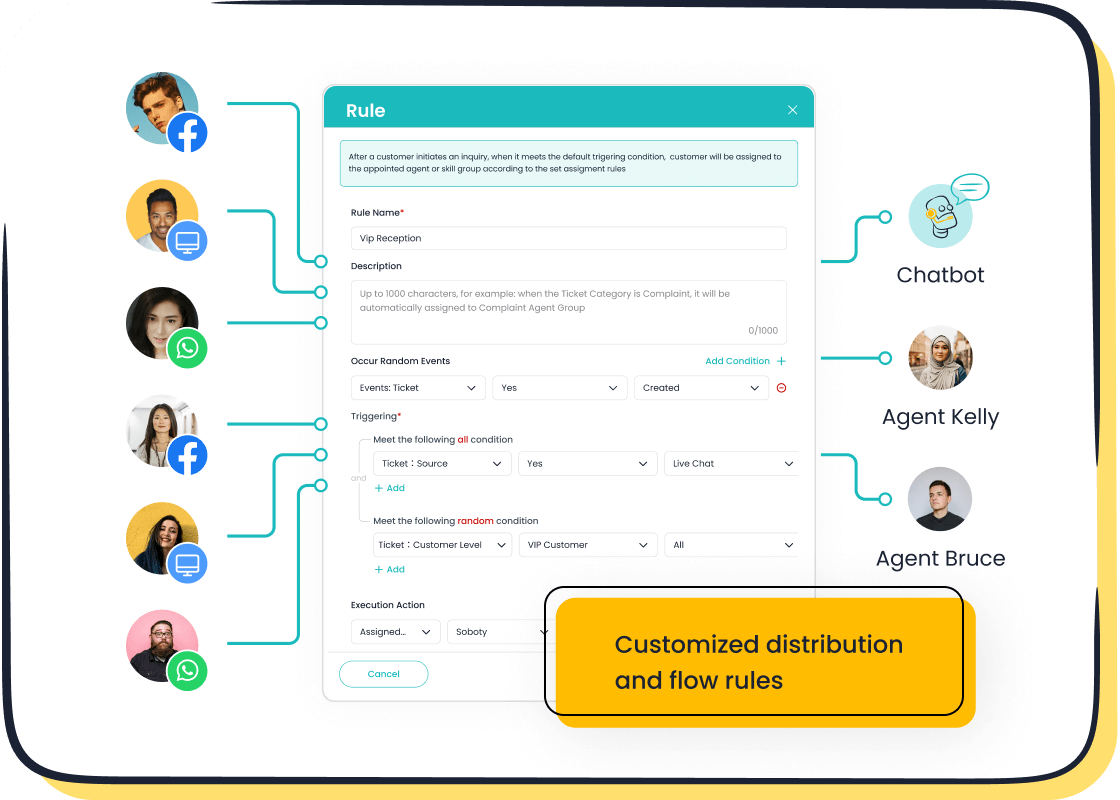
Closing the loop shows customers that their feedback matters. Use Sobot Live Chat to follow up with respondents, thank them for their input, and share how their suggestions have been implemented. For example, if a customer highlights a delay in response times, inform them about new measures to improve efficiency.
Sobot Live Chat’s omnichannel capabilities allow you to engage customers on their preferred platforms, whether through WhatsApp, email, or social media. This approach not only resolves issues but also strengthens trust and loyalty.
Creating effective customer surveys involves a structured approach that ensures actionable insights. Follow these seven steps to maximize the impact of your customer satisfaction survey:
- Define your objectives to focus on gathering meaningful data.
- Choose the survey format that aligns with your audience and resources.
- Identify diverse question types for comprehensive feedback.
- Determine the sample size to ensure reliability.
- Pilot test the survey to address usability issues.
- Distribute the survey strategically using appropriate methods.
- Analyze the results to uncover trends and inform decisions.
Sobot’s Live Chat and omnichannel solutions simplify this process. For example, its built-in analytics help you analyze responses efficiently, while its omnichannel capabilities ensure surveys reach customers on their preferred platforms. These tools enhance engagement and improve customer satisfaction.
Implement these steps to refine your customer surveys continuously. By doing so, you’ll not only improve your survey outcomes but also strengthen customer loyalty and drive business growth.
FAQ
What is the purpose of a customer satisfaction survey?
A customer satisfaction survey helps you understand how customers feel about your products or services. It identifies areas needing improvement and measures overall satisfaction. For example, a survey can reveal if customers find your service helpful or if they face recurring issues.
How can you ensure high response rates for customer surveys?
To boost response rates, keep your surveys short and focused. Use engaging formats like rating scales or open-ended questions. Timing also matters—send surveys right after customer interactions. Tools like Sobot Live Chat allow you to embed surveys into conversations, ensuring timely feedback.
What types of questions should you include in a customer satisfaction survey?
Include a mix of standard questions like rating scales and open-ended ones. For example, ask, “How satisfied are you with our service?” or “What can we improve?” This combination provides both measurable data and detailed insights.
Why is it important to test your survey before launching it?
Testing ensures your survey is user-friendly and effective. It helps identify confusing questions or technical issues. For instance, Sobot Live Chat allows you to test surveys internally, ensuring they work seamlessly across devices and channels.
How does Sobot simplify the survey process?
Sobot offers tools like Live Chat and an omnichannel solution to streamline survey creation and distribution. You can embed surveys into customer interactions, analyze responses with built-in analytics, and act on insights quickly. This approach saves time and improves customer satisfaction.
See Also
10 Strategies to Enhance Customer Satisfaction via Live Chat
10 Essential Steps for Effective Omnichannel Contact Centers
10 Guidelines for Selecting Social Media Customer Support Tools
Comprehensive Guide to Quality Management Systems in Call Centers
